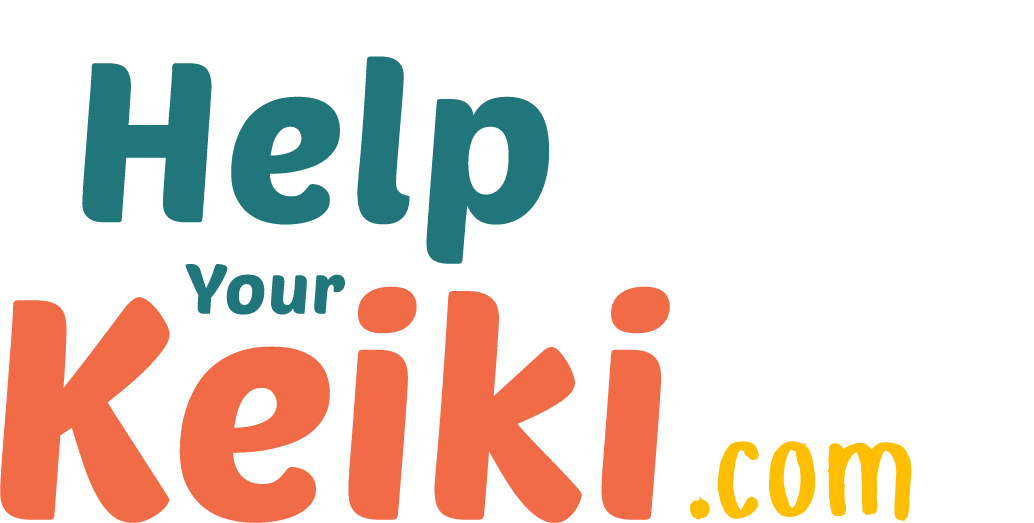ABOUT
Autism spectrum disorders (ASD) can affect the way a child sees the world and make it hard to connect with others. A child may also do certain things over and over again or have intense interests. ASD can look very different from one child to another; one could be agitated and irritable while another may be aloof and detached. It is important to note that ASD includes the word spectrum because the severity of autism falls on a continuum, with some children showing mild symptoms and others having much more severe symptoms. These problems usually last for a child’s lifetime and can often be detected before a child reaches school age. Finding help early on for these children can make huge differences in how they act later in life.
The American Psychiatric Associated recently released the Diagnostic and Statistical Manual of Mental Disorders-Fifth Edition, with changes related to ASD. The term “Pervasive Development Disorder” and previous diagnoses that fell into that category are no longer used. These include:
Asperger’s disorder (Asperger syndrome)
Childhood disintegrative disorder (CDD)
Pervasive developmental disorder not otherwise specified (PDD-NOS)
This means that anyone who has been given a previous diagnosis of any of the above mentioned disorders would simply be a given diagnosis of Autism Spectrum Disorder, with severity specifier.
SEVERITY
There are three levels of severity on the autism spectrum:
Level 1 – “Requiring support”
May be able to speak in full sentences but still has difficulty starting conversations and picking up on social cues. Can be inflexible with routine and switching activities.
Level 2 – “Requiring substantial support”
May have social impairments that are apparent even with supports in place. May use simple sentences and has limited communication. Has difficulty coping with change. Expresses other restricted or repetitive behaviors.
Level 3 – “Requiring very substantial support”
May have severe communication deficits including limited speech and response. Has extreme difficulty coping with change. Expresses other restricted or repetitive behaviors that noticeably interfere with daily functioning.
Scientists are still not sure what the exact causes of ASD are, but studies show that genes (e.g., having a family member with these problems) and environment (e.g., exposure to toxins, complications during pregnancy) may play important roles. Some people believe that these problems are related to vaccines, but the scientific research in this area overwhelmingly does not support this assertion. Parents should make sure that check-ups with their child’s pediatrician include screening for ASD, especially during the first 3 years. If a child is suspected to have these problems, a comprehensive evaluation should be done by a team who will look at the child’s thinking skills, language, and daily living skills. Early treatment that usually includes key family members and a team of professionals can reduce or prevent more serious disabilities.
WHAT A PARENT WOULD NOTICE IN THEIR KEIKI
Children with ASD may show some of the following signs depending on their diagnosis:
Social interaction and communication problems:
Persistent lack of social communication
Difficulty starting or holding conversations
Make little eye contact, facial expressions, or gestures
Don’t try to share their enjoyment of things with others
May respond unusually to attention or affection, or not pick up on social cues
Difficulty understanding their own feelings
Restricted range of activities, repetitive behaviors or intense interests:
Overly focused on parts of objects or specific topics
Awkward, repetitive gestures, body postures or facial expressions (e.g., hand flapping or walking in specific patterns)
Repetition of certain words or phrases
Insistence on routine/very resistant to change (e.g., mealtimes, routes to school)
Experience extreme distress from small changes
Under or overreacting to certain sights, sounds smells, textures, and tastes
Other behaviors parents may notice:
Hyperactivity
Short attention span
Disruptive or impulsive behavior
Aggressiveness, self-harm, or temper tantrums
Unusual eating or sleeping habits
If your child has difficulties communicating but does not show restricted, repetitive patterns of behavior, your child may be evaluated for Social Pragmatic Communication Disorder, a new DSM-5 diagnosis. Social Pragmatic Communication Disorder is characterized by difficulty following social communication rules and/or not knowing how to change communication to match the context or setting the interaction is taking place in.
FACTS
ASD affects as many as 1 in 68 children (CDC, 2014)
It is four to five times more common in boys than girls
Onset is usually in the first three years of life
About 3% of youth served by the Hawaii Department of Health and 7% of special education students have ASD diagnosis
Children with ASD are at high risk of having learning disabilities, depression, anxiety, or ADHD
VIDEO FOR PARENTS ABOUT AUTISM
Want to know about some basic suggestions for autism assessment and treatment by a leading professional? - Connie Kasery, Professor of Education and Psychiatry from the Center of Autism Research and Treatment at UCLA.
See What Works:
Goal Setting
Attending
Praise
Communication Skills
Social Skills
Intensive Behavioral Treatment
Modeling
Intensive Communication Treatment
RESOURCES
Local support groups
Other sites that discuss evidence-based treatment for autism:
American Academy of Child & Adolescent Psychiatry – Facts for Families
The National Professional Development Center on Autism Spectrum Disorders
Other Resources about Autism Spectrum Disorder:
Centers for Disease Control and Prevention – Autism Links and Resources
Clinical Distance Learning – Intellectual Disabilities & Autism
Early signs of Autism video tutorial from the Kennedy Krieger Institute
Frequently Asked Questions about the DSM-5 Autism Spectrum Disorder (ASD)
Information for this site has been obtained from the following resources:





















